
Casual fans of Bruce Springsteen and the E Street Band know Born to Run, the band’s third album, as a collection of now classic hits. The 1975 album’s legacy is such that one might assume its entry into the pantheon of American songwriting was all but guaranteed. But its success was anything but certain, and for the band, the months leading up to its release were a blur of sleepless nights fueled by Springsteen’s dogged perfectionism.
“This was their one last chance to make it real,” explains Barbara Pyle, whose photographs of the band during the recording and promotion of Born to Run make up a new book, Bruce Springsteen & the E Street Band 1975, published by Reel Art Press, which launches with a book-signing in New York City on Oct. 29. “The record company was going to dump them, it was no secret. Born to Run was the line in the sand.”
Pyle first saw Springsteen and the band in 1974, when she was assigned by Schaefer Beer to cover a series of summer concerts in Central Park. Though still in the early years of her career, she had spent her days as a college student at Tulane photographing the New Orleans music scene — Fats Domino, Professor Longhair, Dr. John, Allen Toussaint — and worked steadily in New York photographing everything from concerts to Playboy centerfolds.
Within days of that concert, Pyle became what she calls the band’s “official unofficial photographer.” She began driving to every concert within reach of New York City. She did her normal gigs during the day and went to the Record Plant studio, where the band was at work recording the album, at night. “I was never asked,” she tells TIME. “I was just with them all the time.”
Pyle and her three cameras traced the band’s journey from the studio in New York to a tour stop in New Orleans and to the long-awaited news, joyfully received in Oklahoma City, that the album had cracked the Billboard Top 10. As she traveled with the band, she didn’t take pictures incessantly, she says — after all, she wasn’t on assignment. She was shooting for herself and for the band, to document music she knew to be truly significant. “I recognized them as extremely talented musicians, and I recognized Bruce for being probably one of the best lyricists alive.”
The images from Record Plant reflect the palpable tension of a band in a make-or-break moment. In a photograph of the final rehearsal before the tour, a sunrise shot Pyle describes as “that moment of complete burnout,” the band appears in a stupor of exhaustion — and indeed, they had not slept in four days. When Pyle met up with them in New Orleans, a city she knew well from her college days, it was “to try to put smiles back on their faces,” she recalls. “It was the first time I saw Bruce smile in a year.”
Soon, Pyle was riding on the tour bus. As they shuttled from a show in Houston to one in Oklahoma City, she invited the band to a home-cooked meal at her parents’ house in Pauls Valley. She concedes today that she had an ulterior motive beyond feeding the hungry musicians. There was a building at the center of town that housed the Coffee Cup Café, where Pyle dined with her grandfather as a child. She was eager to capture the band in front of its white brick facade — a soon-to-be iconic American band in front of an iconic piece of Americana. It was the only time, she admits, she pulled the men out of their daily routine for a photo.
Though it’s been 40 years since she made the photographs, they’ve been little seen before now. A few have appeared in book projects helmed by band members, and a selection was exhibited at a London gallery in 2009. Many of the negatives were lost or destroyed when, while Pyle was on another project in China, her file cabinets were dumped into liquor boxes and stowed away in a boiler room. The book would never have come to pass had Pyle not fanatically printed photographs decades ago.
But the main reason for the book’s long gestation is Pyle’s insistence that it feature all members of the E Street Band as prominently as it does Springsteen — a requirement to which previous publishers ultimately could not agree. “I was there, and I know the role that everybody created in getting that sound that was in Bruce’s head onto tape,” she says. Without “the love and adoration and skill and consummate musicality of all of the band members, Born to Run would be a very different album.”
Photography, too, became less of a priority for Pyle as she moved on to a career as an environmentalist, philanthropist and co-creator of the animated environmental education program Captain Planet. And though her images of Springsteen, Clarence Clemons, Steve Van Zandt, Roy Bittan, Garry Tallent, Danny Federici and Max Weinberg seem to have ballooned in significance since the unassuming moments when they were taken, Pyle insists she was never concerned with how they might read in the future. “I wasn’t thinking of posterity. I was thinking of now,” she says. “I could never have known that Bruce would reach the level of recognition that he has reached — that they all so deserved.”
Read the cover story illustrated by Pyle’s photographs in the Oct. 27, 1975, issue of TIME: Rock’s New Sensation.
Barbara Pyle is a freelance photographer.
Liz Ronk, who edited this photo essay, is the photo editor of LIFE.com.
Eliza Berman is an Associate Editor at TIME and LIFE.com

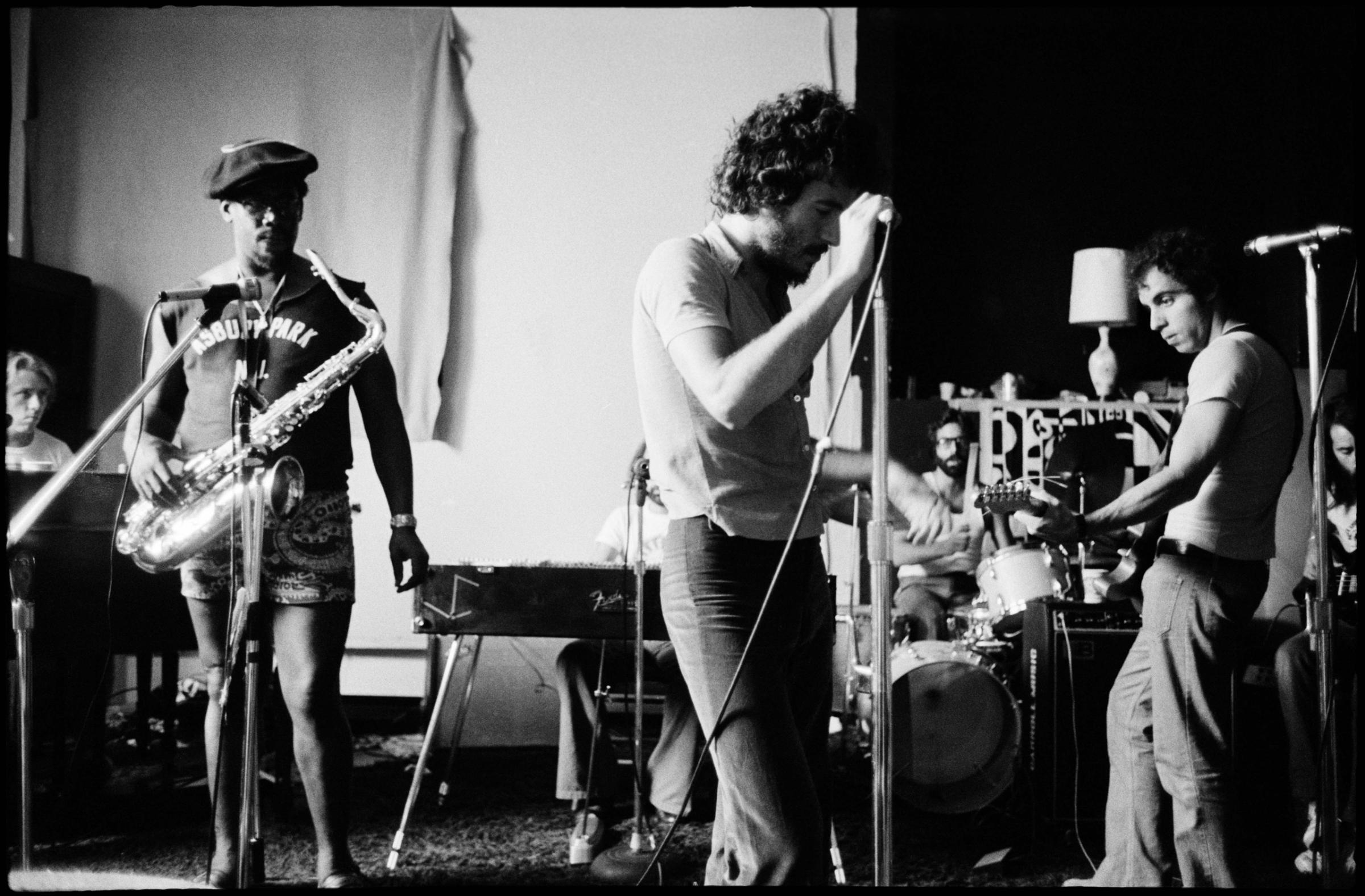
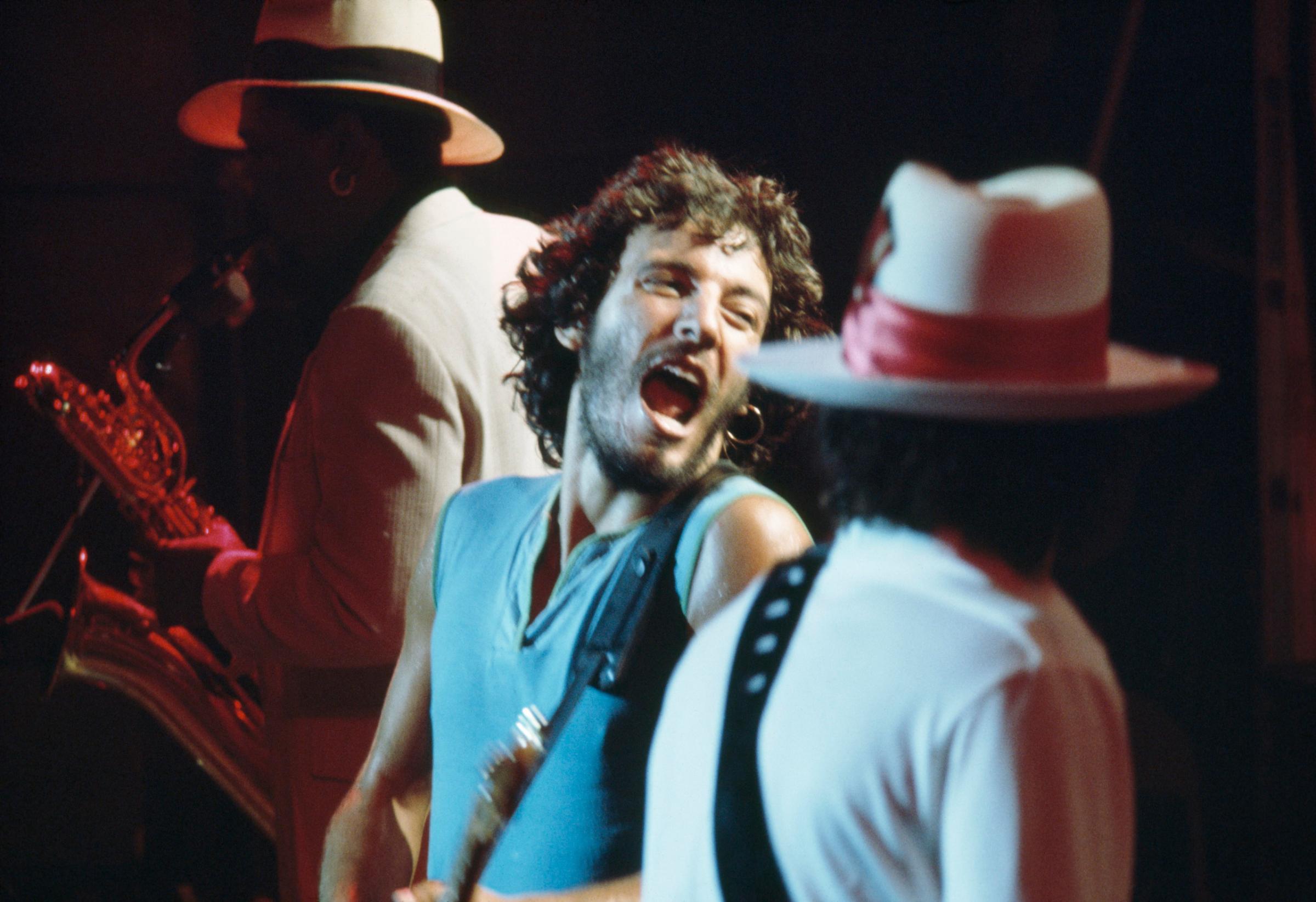



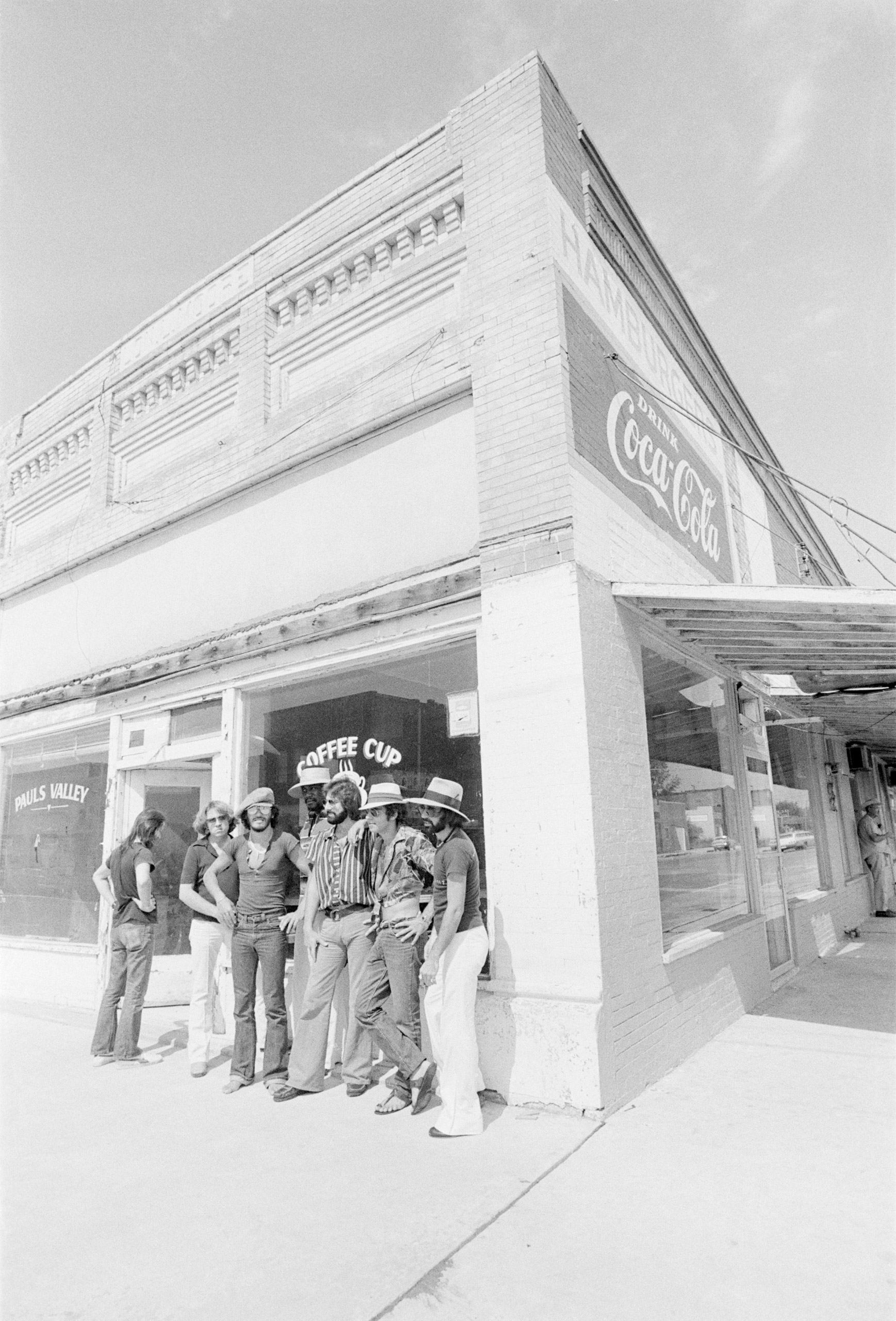



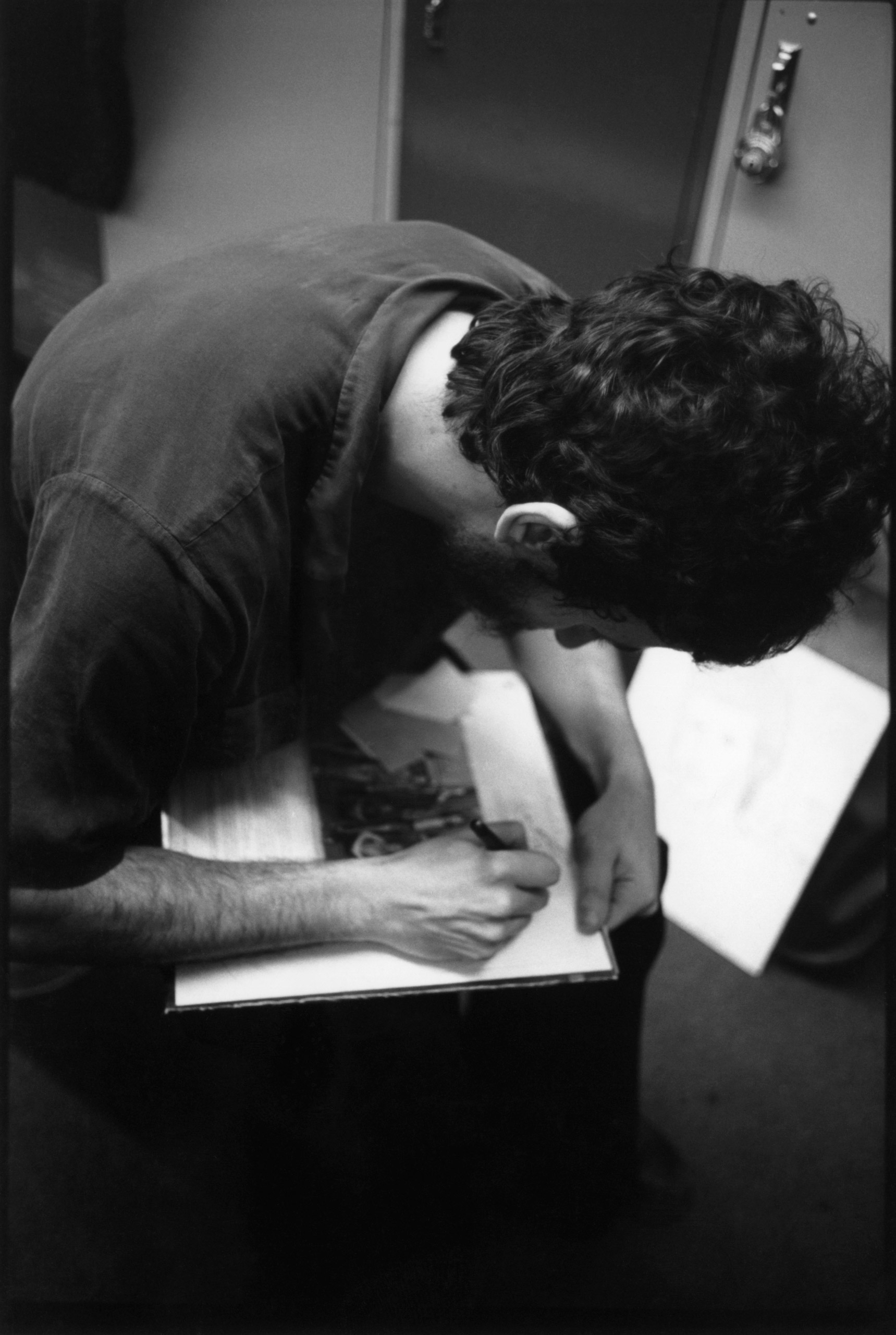
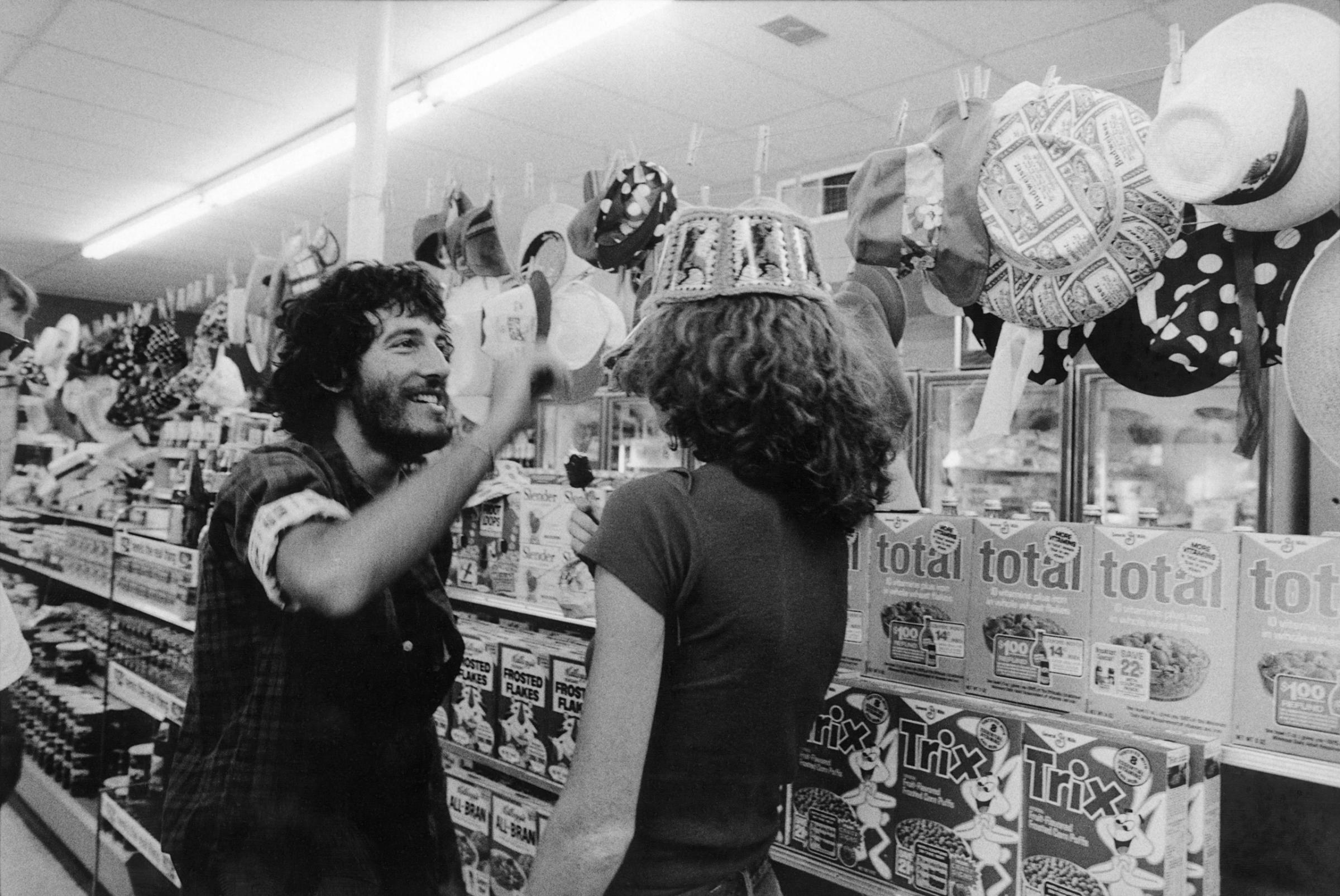

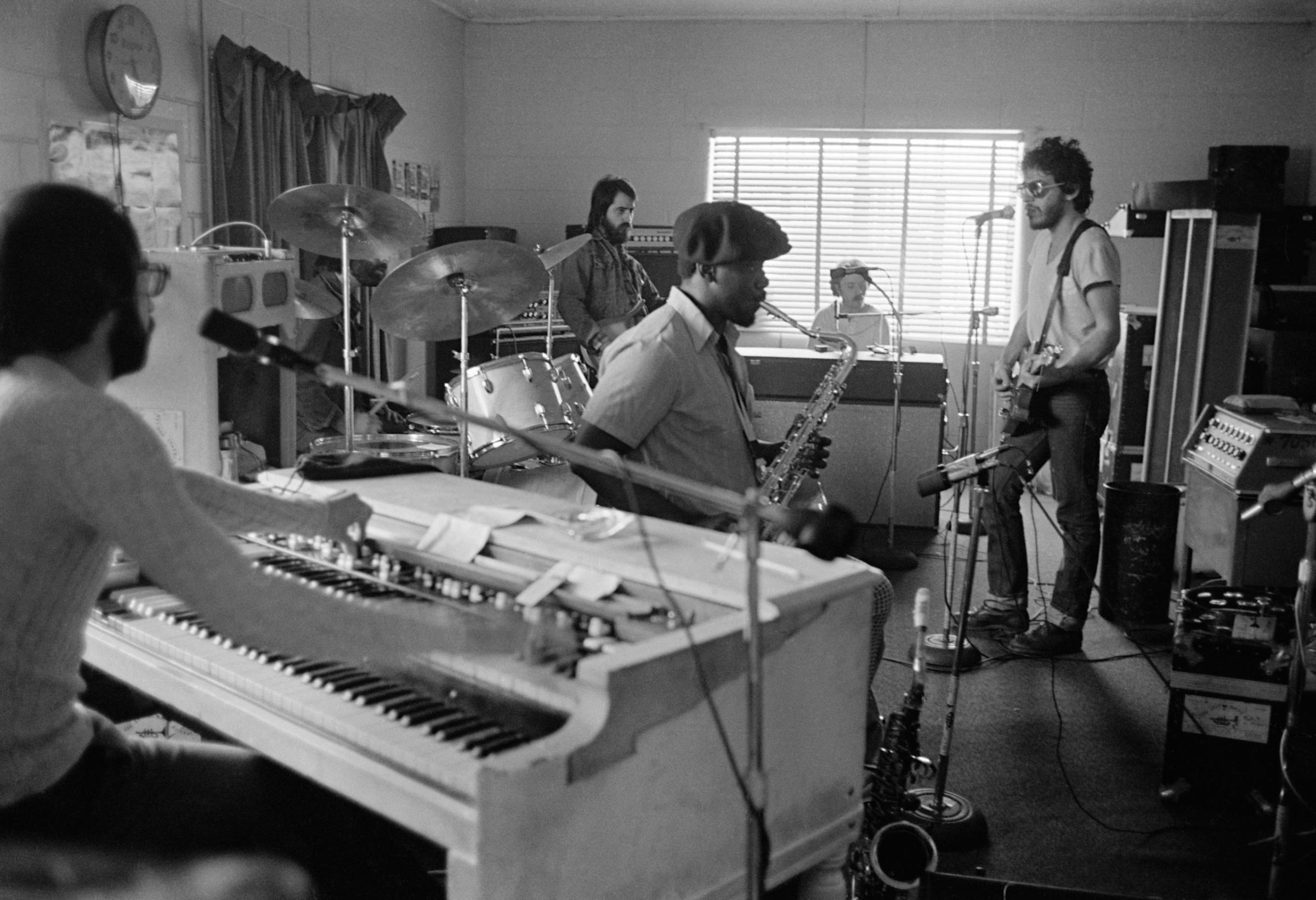
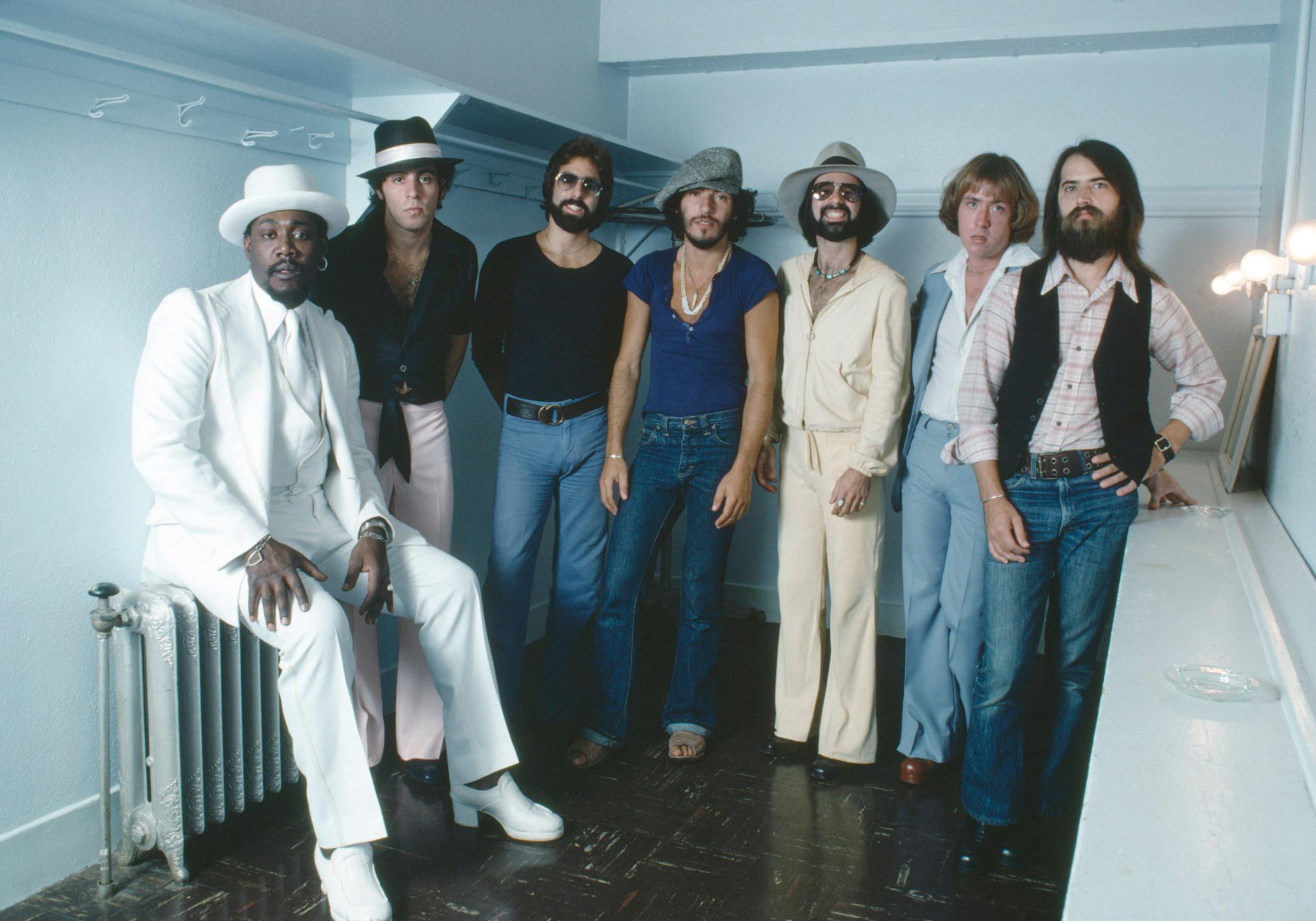
More Must-Reads from TIME
- Cybersecurity Experts Are Sounding the Alarm on DOGE
- Meet the 2025 Women of the Year
- The Harsh Truth About Disability Inclusion
- Why Do More Young Adults Have Cancer?
- Colman Domingo Leads With Radical Love
- How to Get Better at Doing Things Alone
- Michelle Zauner Stares Down the Darkness
Write to Eliza Berman at eliza.berman@time.com